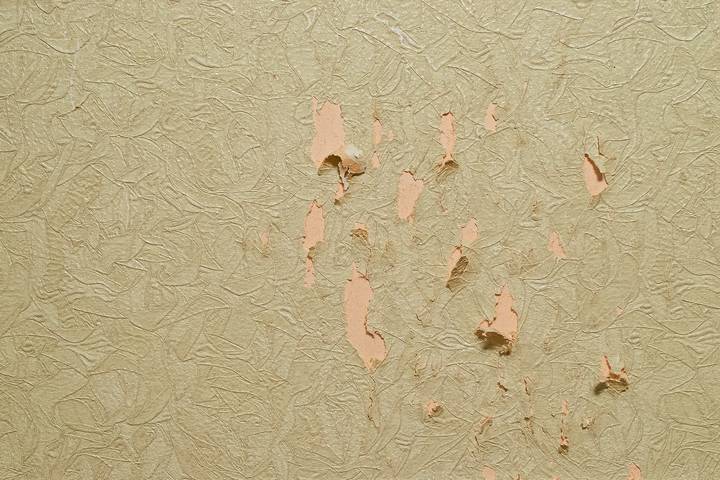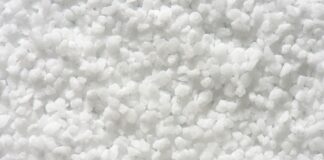A scuff mark on the wall isn’t the end of the world. A lot of marks can be very easily removed. Touching up walls is fairly common, and you’re bound to eventually have a mark somewhere on your wall over time.
There are both easy, fast ways to get rid of scuff marks and more intensive processes. It depends on what’s made the mark, how long it’s been there, and other factors.
Here is a guide on how to get scuff marks off walls:
What are scuff marks?
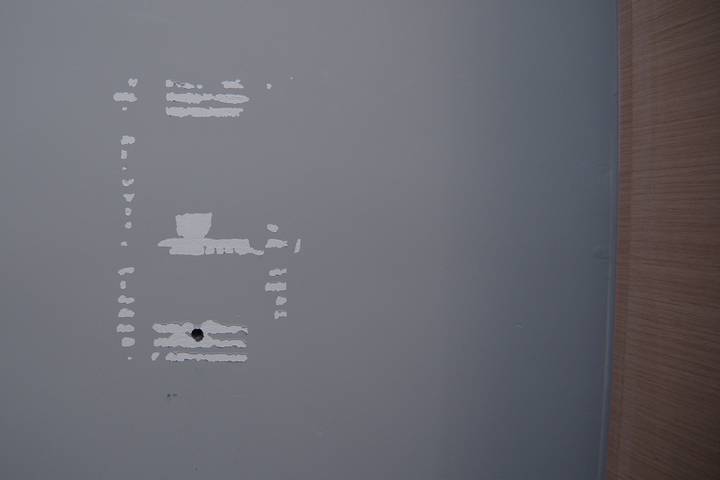
Scuff marks are often caused by contact with something heavy and with weight behind it to effectively scratch the wall’s surface. Furniture is most commonly the cause.
If you’ve ever been moving a bulky piece of furniture and had it scuff the wall, you’re not alone. Scuffs can come from throwing something and having it crash against the wall, such as a child throwing a toy. All in all, scuffs can occur from more or less anything. You can minimize the likelihood with scuff marks by installing metal corner guards on your walls.
Identify your type of paint
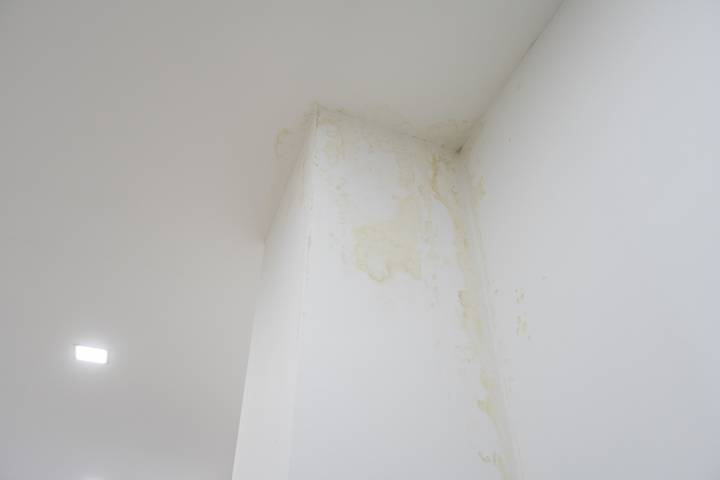
What type of paint you have matters. The best paint for scuff marks is semi-gloss or glossy enamel paints. These can tolerate the sort of cleaning you’ll put the wall through.
Flat, satin, or eggshell latex paints are more sensitive and can experience colour fading or be rubbed off while cleaning. If you aren’t sure what type of paint you have, try cleaning on a test section somewhere out of sight before tackling the main scuff mark.
Get rid of scuff marks with a slightly damp cloth
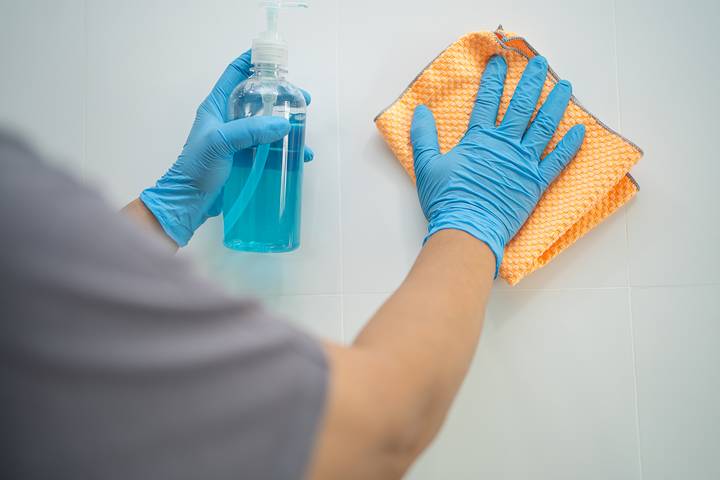
The fewer fancy cleaners or chemicals you use, the better. Start with a damp cloth. If your scuff marks are no different from an average dirty mark or fingerprint, you can probably remove them with a cloth.
A mild detergent or mild soap can be added and should be fine. Be sure not to use too much water as this can leave behind watermarks. The same can happen with too much soap and soap residue.
Get rid of scuff marks with water and vinegar
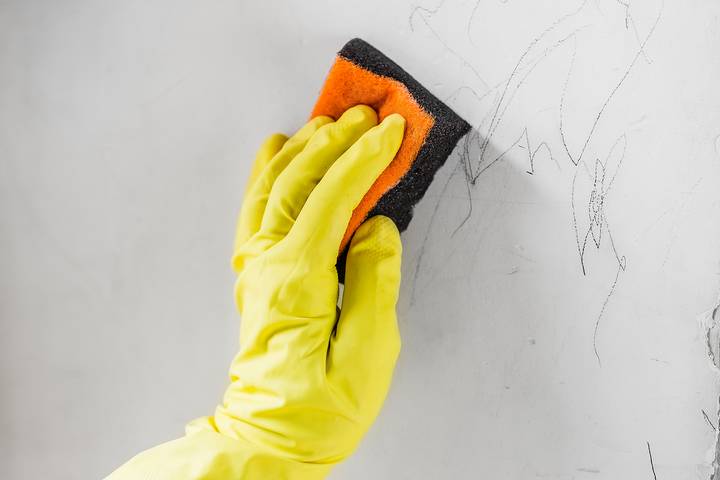
You don’t want to apply many acidic chemicals to a wall as it could eat away at the paint. However, adding some vinegar to water half and half can be beneficial.
This will dilute vinegar’s acidity and make it the perfect solution for cleaning something like the accumulation of grease marks or grease stains on the wall. You can use a washcloth, microfiber cloth, or a soft sponge. Once again, you do not want to soak the wall or get the area too wet.
Get rid of scuff marks with water & baking soda

Another thing to try is to use three parts water to one part baking soda. Mix these two ingredients. They should become a paste after a quick mix. This solution can then be applied to a scuff mark or stain.
If the mark is particularly bad, this is something to try. Use a fine cloth to rinse the wall and remove the residue. You may find this lifts and removes certain types of scuff marks.
Get rid of scuff marks with a magic eraser
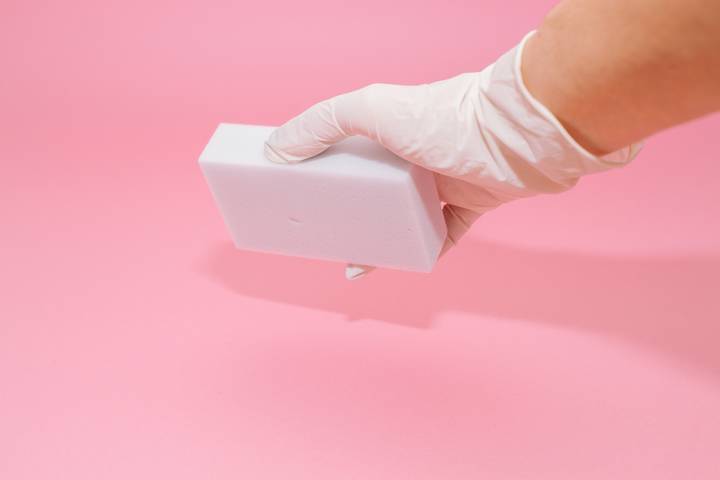
A Magic Eraser, aka a melamine sponge, works on marks made by things like crayons, pencils, and other materials. A wet Magic Eraser sponge is all you’ll need in many cases. Give the scuff mark a good scrub over a minute or two and see if it wears down.
Magic Erasers work best on gloss and semi-gloss paints but not on water-based paints like latex and acrylic. Water-based paints can take some paint off the wall, so be careful.
Get rid of scuff marks with stronger solutions
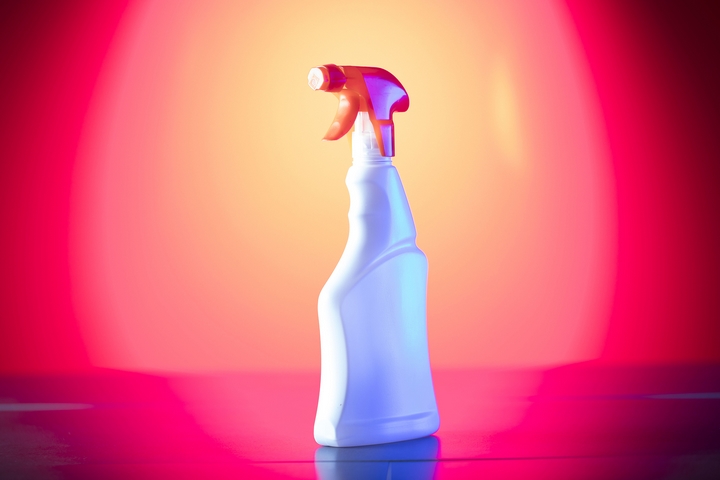
Although you want to avoid using chemicals or solvents as they’re probably unnecessary, if you cannot get scuff marks off the wall, some people apply things like nail polish remover or paint thinner. These solutions will most definitely remove paint.
Be careful and apply using a cotton swab. Dab it directly on the scuff mark until it’s fully removed. Do keep in mind the risk that it poses in causing permanent damage. You may need to repaint afterward.
Get rid of scuff marks with sandpaper
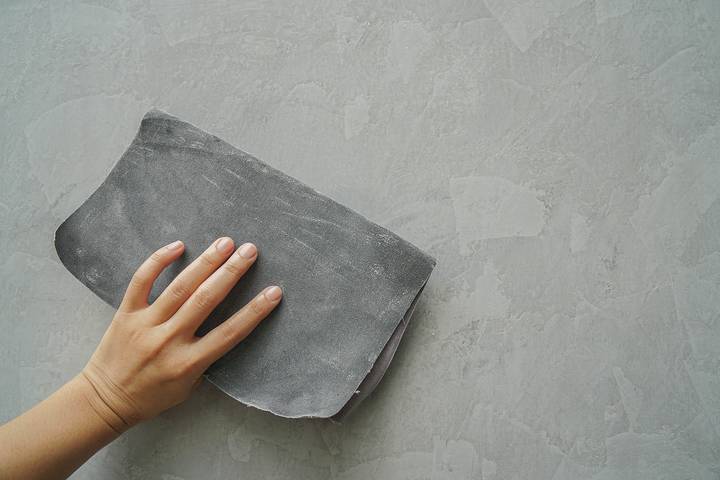
The sandpaper will most certainly damage the wall. After all, you’re scraping the wall with very abrasive paper. This can, however, remove almost any scuff mark.
If applied carefully, you can minimize the damage and even repaint it afterward if that’s an option. The sandpaper will dig into the paint with every rub, eventually removing the surface layer, including the scuff mark. Consider this a sort of last resort.
Paint over scuff marks
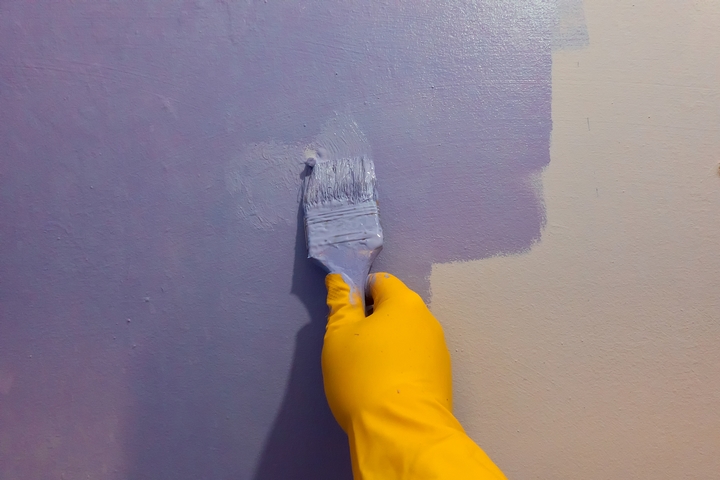
If you can’t otherwise get scuff marks off your wall, you can opt to paint over it. This will hide blemishes effectively, assuming the mark is not raised. Remove any loose or flaky material from the wall. You may need to dust it first or wash it with a cloth.
Then, apply two coats of paint with a brush or roller. Leave 2-4 hours between each coat. This should give enough time to dry the paint effectively. You can do this for the spot correctly or repaint the whole wall.


